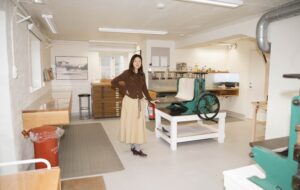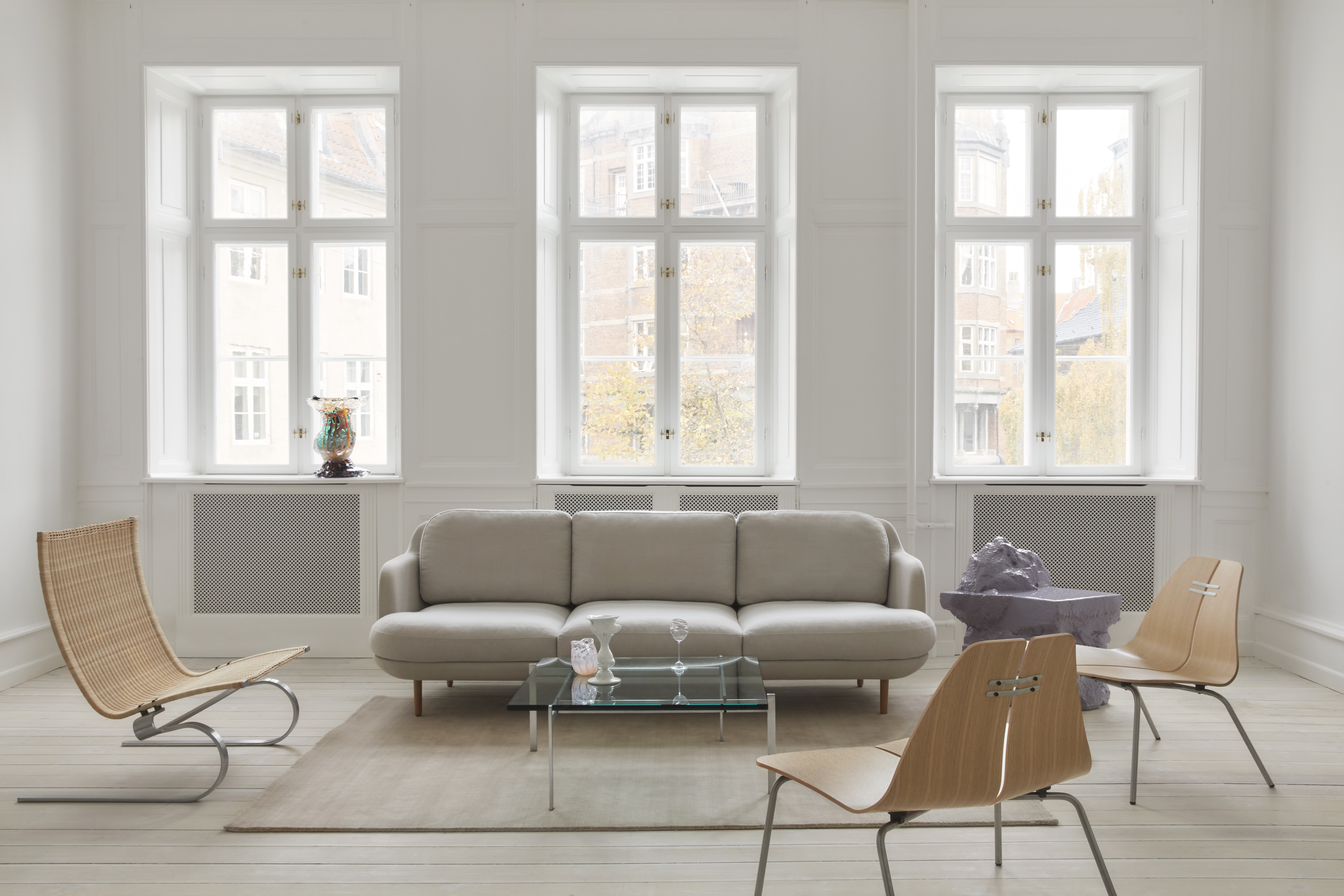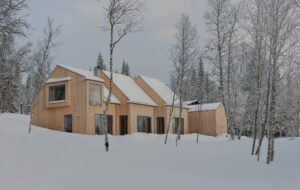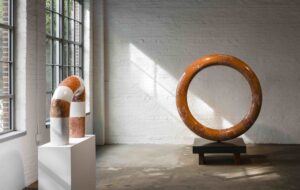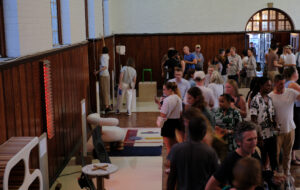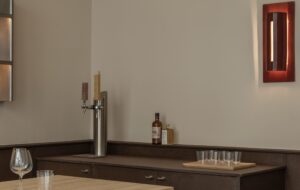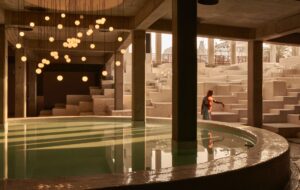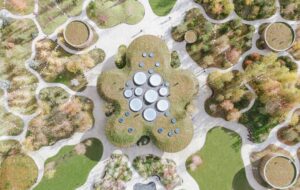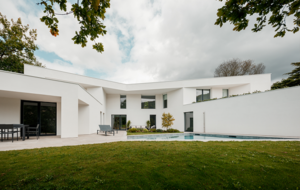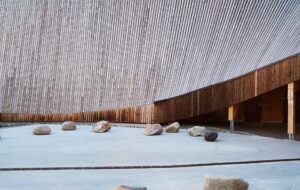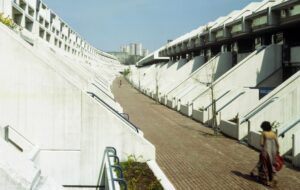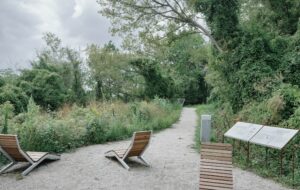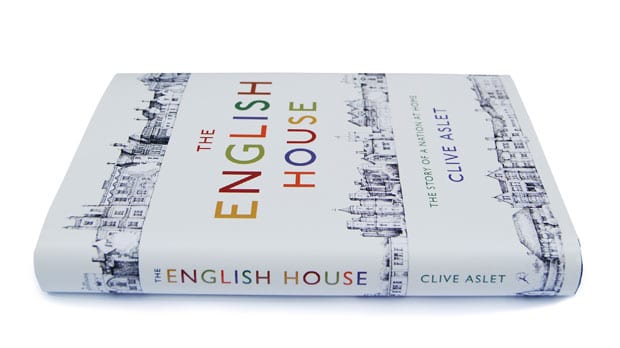
words Charles Holland
The former editor of Country Life takes an invigorating ramble through England’s domestic architecture – but skips the bit between the First World War and Thatcher. Charles Holland puts on his tweeds.
Just what is it that makes yesterday’s homes so different, so appealing? Over 30 million people visit stately homes annually in the UK. The National Trust has grown to 3.5 million members in recent years, making it by far the biggest conservation group in Europe. Countless period dramas feed our seemingly endless appetite for gazing at sumptuous historic homes. Clive Aslet’s book The English House is very much a part of this nostalgia industry.
The English House is a pretty loaded title. It suggests something innately distinctive and valuable in both England and its houses. Immediately it puts us in the realm of a highly mythologised Englishness where country estates and the families that own them are seen as an organic part of our heritage. Aslet is the former editor of Country Life, the in-house journal for the land-owning classes, so this should be no surprise. Country Life is the place to look if you are planning to purchase a few acres outside Cheltenham, or to be pictured fondling a horse. Only the former editor of Country Life could describe Milton Keynes as “occupying 22,000 acres of formerly good hunting country”. As a sentence it’s hard to top for sheer beside-the-point snobbery.
The book attempts to tell the story of English domestic architecture from this lofty vantage point. The author uses a gently novelistic style to tell the stories of a number of individual houses in the manner of an invigorating country walk. He begins in the 12th century with a Norman Manor and strides on, flat cap on and walking stick in hand, past a Tudor mansion, a castle by Vanbrugh, a Georgian townhouse, a worker’s terrace in an industrial mill town, Edwin Lutyens’ Marshcourt, an early 20th century semi and a post war prefab.
It sounds on the face of it a plausibly eclectic selection. But there are just two entries from the 20th century; the suburban semi is from 1905 and the prefab is a curiosity within the wider scheme of things. There is a gaping hole in this book and it is modernism. Its high points are mentioned only in passing, almost as an aberrant phase when England was temporarily influenced by obscure continental notions. Aslet dismisses a vast swath of the history of houses, as they don’t fit into his quaint geneaology of “Englishness”. It’s a shame because I would like to see one of the book’s delightful pencil sketches depicting a nice bit of Brutalism.
“Little about the English House was colourful in the 1950s, 60s and 70s,” he declares, sweepingly. It is Thatcherism that, according to Aslet, brings the colour back to England’s cheeks. The percentage of home ownership in the UK went from 54 per cent to 65 per cent during the 1980s as a direct result of Margaret Thatcher’s right to buy policy. Aslet suggests that right to buy and our current obsession with home ownership is the logical end point of the English love of houses.
The English House is more an example of this obsession than an analysis of it. The final chapter is entitled Whatever Next?, a phrase epitomising a very British penchant for mocking innovation. Nothing in this book is allowed to be in the least bit disagreeable. Instead, the author remains in thrall to a self-perpetuating myth of loveable English eccentrics and their charming houses. This amiable conservatism hides an ideologically driven fear of change. In that sense, the books startling lack of interest in the architecture of the last century is entirely consistent. It is a lament for a lost England.
The English House, by Clive Aslet, Bloomsbury, £20



